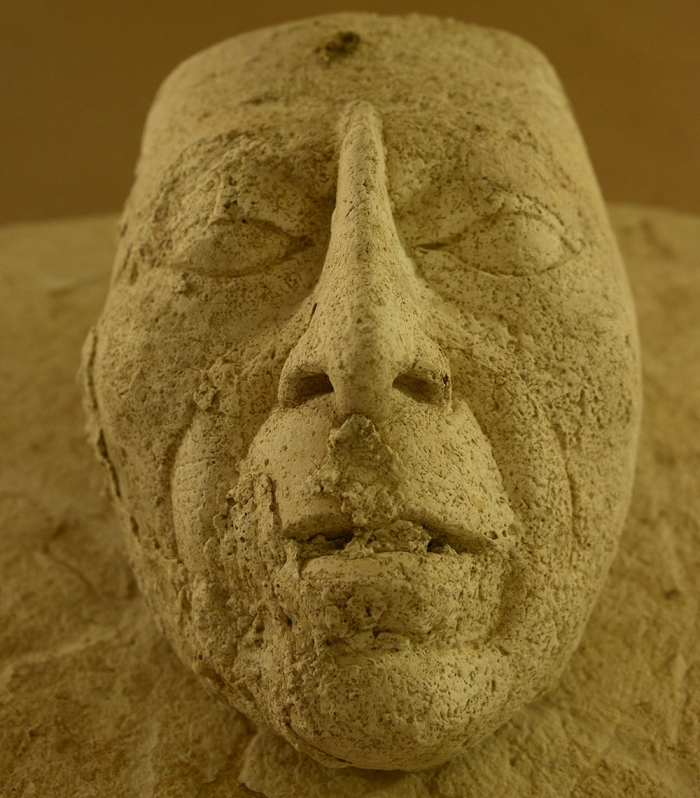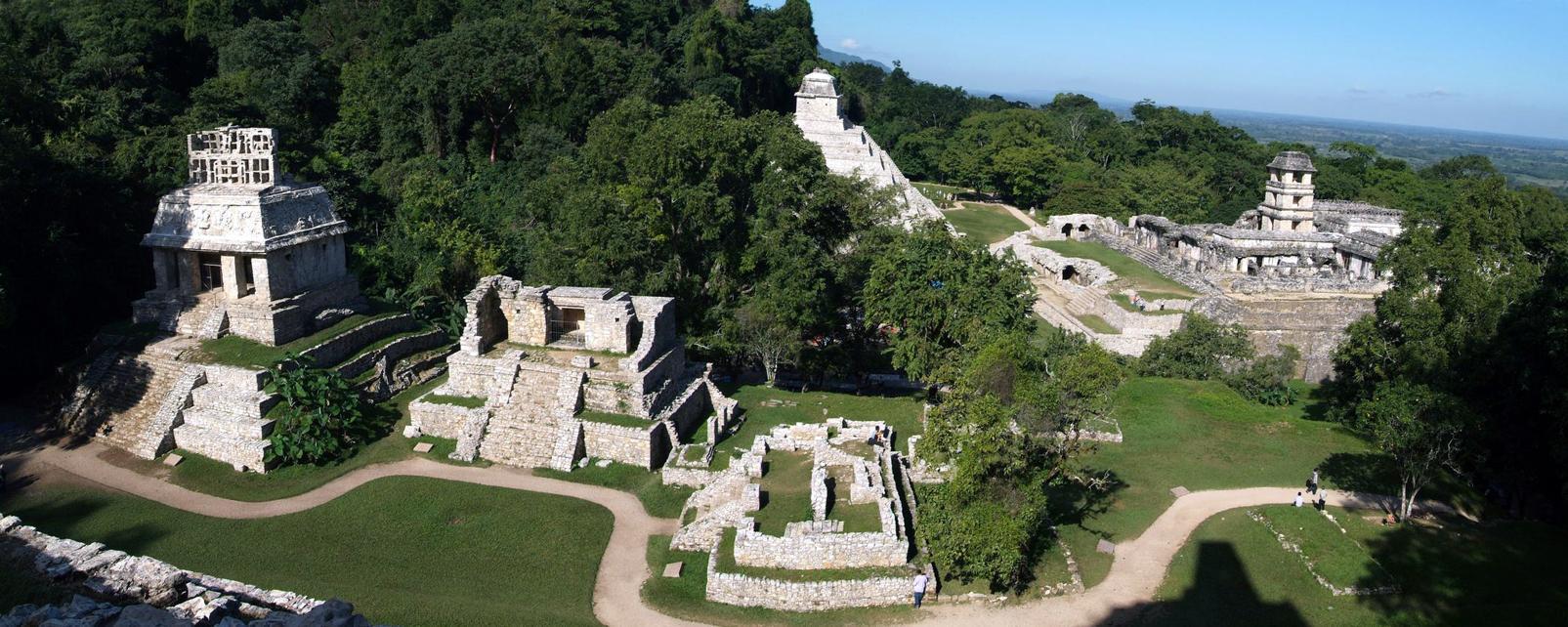Anthropology
Related: About this forumThis Haunting Mask Could Be The Face of The Longest-Reigning Ancient Maya King
His legacy lives on.
MICHELLE STARR 30 AUG 2018
Archaeologists in Mexico have unearthed a rare treasure. A life-sized stucco mask recovered from the Palenque Palace is thought to represent one of Mesoamerica's most important and beloved kings, K'inich Janaab' Pakal.
Also known as Pakal the Great, his reign is the longest in the history of the Americas. He ascended the throne at age 12 in 615CE, and ruled until his death 68 years later, at the age of 80.
It is thought that he was the driving force behind the breathtaking architecture that endures to this day, including the palace at the city state of Palenque, located in what is now the southern Mexico state of Chiapas.
The mask was discovered in a building called House E, where Pakal was thought to have been enthroned, the Mexican Instituto Nacional de Antropología e Historia (INAH) announced earlier this month.

More:
https://www.sciencealert.com/maya-king-k-inich-janaab-pakal-the-great-stucco-mask-found-palenque-palace


Palenque complex

House E, left
Info. concerning the red pictures:
Restoring the Portal With The Mayan Red Queen
Lalak and Pakal: A Love That Transformed a Dynasty and Restored the Portal to the Gods
https://mistsofpalenque.com/blog/
http://4.bp.blogspot.com/_nghjYNoNV6k/SI6RvchW8vI/AAAAAAAAAQs/wcDHonD1ftI/s400/Palace+House+E.jpg
More images of the complex:
https://tinyurl.com/yarl63og
Judi Lynn
(162,336 posts)By Madison Dapcevich
28 AUG 2018, 11:554
A life-sized stucco mask depicting one of ancient Mexico’s most well-known rulers has been discovered tucked away at the Mayan Palenque Palace, according to the country’s National Institute of Anthropology and History (INAH).
K’inich Janaab ‘Pakal, known as King Pakal the Great, became king of Mexico at the age of 12 and for 68 years ruled over the ancient Mayan city, chartering construction of some of the area’s finest architecture and elaborate building. Wrinkle lines around the mouth and cheeks of the mask represent him as an old man and, if proven to be him, would be the first of its kind.
"It is noteworthy, unlike other Mayan sites where representations are generic, in Palenque many of the features we see in [the] mural painting or stone carvings are faithful reflections of specific characters," said archaeologist Benito Venegas Duran in a statement.
The mask was discovered in a building called “House E”. Other ritualistic objects were also buried with the mask, including ceramic figures, pearls, fragments of jade, obsidian, a pyrite polished mirror, carved bones and flints, and skeletons of turtles, lizards, small birds, and snails. Palenque was a Maya city state in southern Mexico from 226 BC to AD 800 located near the Usumacinta River, archaeologists believe ancient residents had developed a special relationship with the river and offered objects to encourage its ecological sustainability.
More:
https://www.iflscience.com/editors-blog/rare-mask-of-ancient-ruler-king-pakal-the-great-discovered-in-7thcentury-mayan-city/
Nitram
(24,503 posts)I don't think K’inich Janaab ‘Pakal should be referred to as the King of Mexico. Mexico, as we know it, didn't exist at the time, and his kingdom consisted of the medium-sized city of Palenque in the Yucatan. the entire Mayan civilization never extended throughout Mexico, but was confined largely to the Yucatan, Guatemala, and parts of Belize, Honduras and El Salvador.